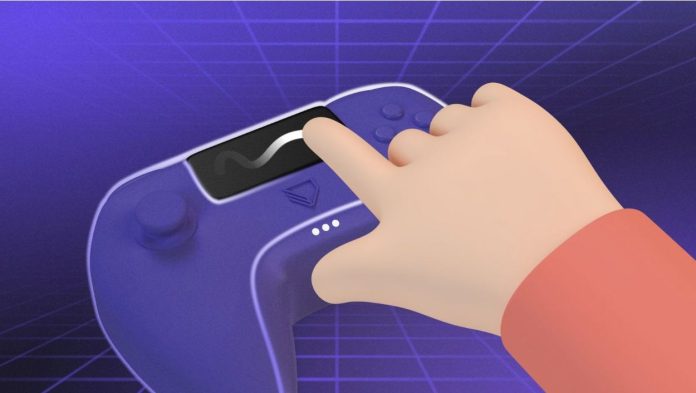Online casinos are evolving fast—and many of their most addictive features are borrowed straight from the world of video games.
In the last few years, the online casino space has gone through a transformation. Not just in how it looks or the kinds of games it offers, but in how it feels to use. Many would argue it’s less about clunky slot machines and more about seamless experiences that echo the best parts of modern gaming. If you’ve ever felt that rush after unlocking a rare skin or clearing a level, then you’ve already tasted the dopamine loop casino platforms are now trying to master.
The Gamification of Gambling
When it comes to the modern landscape, it’s no accident that casino sites feel like a Fortnite battle pass menu or a Call of Duty lobby. That’s by design. Developers have borrowed techniques from games to craft interfaces and experiences that draw players in and keep them there.
There are progress bars, unlockable bonuses, loyalty tiers and missions. Some sites offer daily challenges with rewards tied to continued play. This isn’t just casino marketing, it’s behavioral design pulled straight from the gaming playbook. And to a regular gamer, it’s familiar territory.
Take Mr Pacho for example. The layout is sleek and intuitive, much like a game launcher or dashboard. The site offers clear comprehensive information, minimal clutter and fast loading. It’s the kind of platform that understands players don’t want to click though clunky UX (scroll through endless menus, confusing layout, annoying popups). They want to be part of the action, making decisions quickly and seeing the results of those choices just as fast.
How UX in Games Set the Standard
Games didn’t invent good UX. But they perfected the art of flow, the state of mind where everything feels natural and satisfying to use. Every click, every swipe, every visual effect in a top-tier game is designed to guide you deeper into the experience.
Online casinos picked up on this. Now, many of them use the same tricks: low-friction sign-up processes, personalized dashboards, instant feedback from spins or plays and easy-access menus. The smoother the interaction, the less you’re pulled out of the moment. The more you stay.
And it’s not just about convenience. It’s about immersion. The more a site can feel like a game, the more likely a user is to engage with it regularly. Not because they’re being tricked, but because it taps into the same systems that made them fall in love with gaming in the first place.
From Skins to Spins: Psychology in Design
Remember loot boxes? That thrill when you’re not sure what’s inside? That moment of anticipation before a digital crate cracks open? That’s the same feeling online casinos aim for with their spins, chests and randomized rewards.
This isn’t about manipulation (at least not always). It’s about reward anticipation, one of the most powerful tools in game design. The thrill of knowing that you could be just one more click away from something big. That psychology is what keeps the wheels turning in this industry.
This mechanic is deeply rooted in psychology. It’s called a variable ratio reinforcement schedule. You never know when the reward will come, so you keep going. Gamers know it well from RPG loot drops or rare item grinds. In casino platforms, it’s applied through jackpots, timed bonuses, or randomized prize pools.
The difference is, of course, the money. When real cash is on the line, the emotional stakes go up fast. That’s why some platforms now walk a careful line between engagement and ethics.
The Importance of Ethical UX
One of the growing conversations around both gaming and online gambling is responsibility. How far can platforms go before they cross into predatory design? Just because you can keep a player engaged doesn’t mean you should keep them playing indefinitely.
Some sites are taking steps in the right direction. Limiting daily deposits, offering self-exclusion tools, showing clear playtime stats. It’s not a full fix, but it’s a sign that user experience and ethics don’t have to be at odds.
Gamers are used to being wary of microtransactions and manipulative mechanics. That skepticism is carrying over into the online gambling space. And honestly, it’s not a bad thing. Transparency matters.
What This Means for Players
If you’re a gamer stepping into the world of online casinos, the learning curve is shorter than you think. You already understand progression systems, reward loops and risk-reward balance. You’ve probably spent hours grinding for a skin that doesn’t even affect gameplay.
But knowing the mechanics means you can also recognize when they’re being used well and when they’re being abused.
Look for platforms that respect your time. Prioritize sites with clear terms, fast interfaces and a design that feels like it was built for actual users, not just wallets. And keep an eye out for when that familiar gaming thrill starts to feel like compulsion. That’s when it’s time to take a step back.
Casino platforms have leveled up. But like any game worth playing, it’s not just about the flash. It’s about the design underneath. The best platforms are the ones that give players power, not just the illusion of it. Now it’s your turn.
